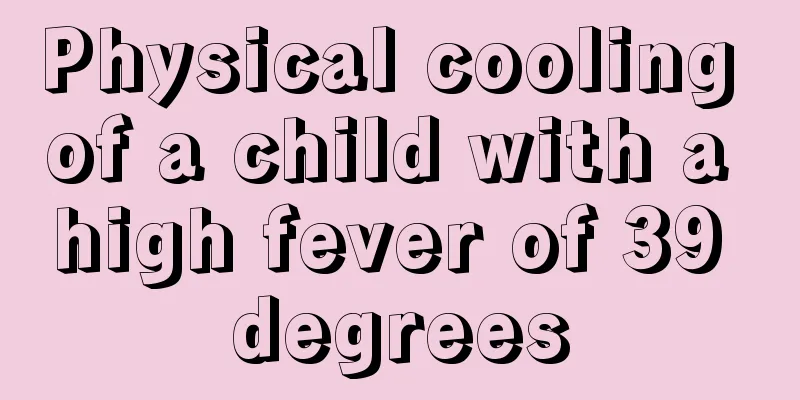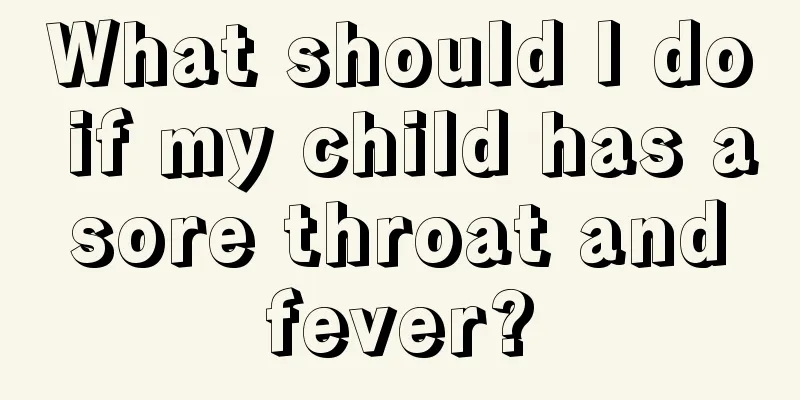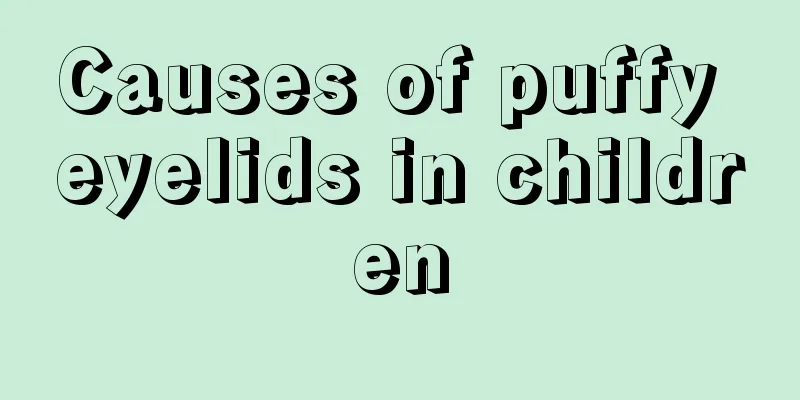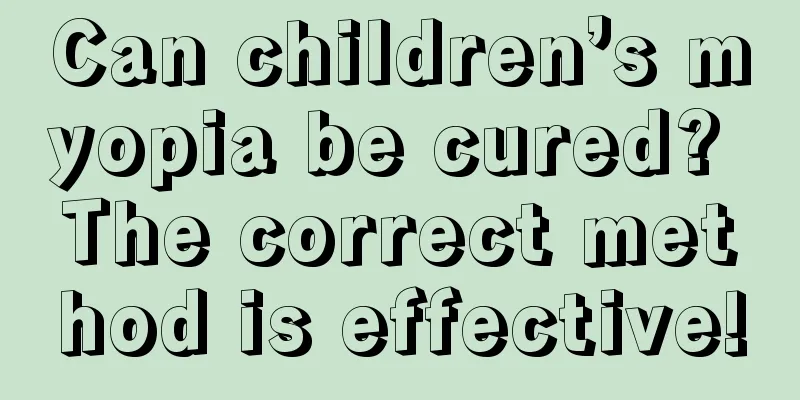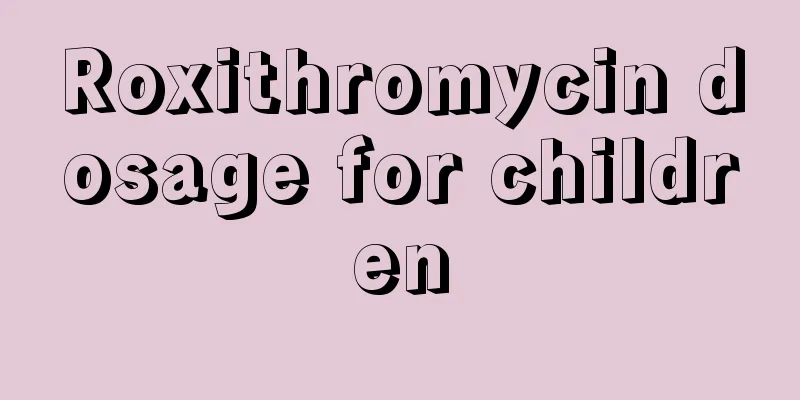What is the difference between bacterial and viral infections in children?
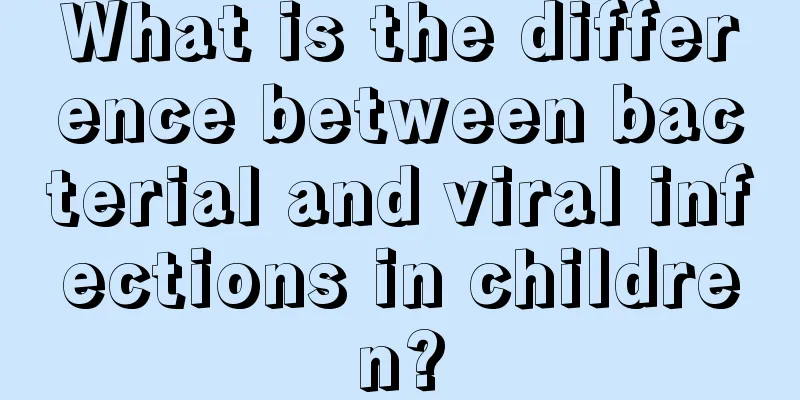
|
In today's life, children's diseases are becoming more and more common, and young parents are often unable to prevent them and can only worry. Moreover, for children's diseases, the names of the diseases are often very similar, and the two cases cannot be generalized, which causes delays in the treatment of the disease. Today, I will analyze with you the differences between bacterial infections and viral infections in children. Fever in children is the most common condition in pediatric emergencies in all hospitals. Fever is a response of the body to the invasion of pathogens. When a child has a fever, his immune function is enhanced, and the power and activity of white blood cells are enhanced, which is helpful in eliminating the invading pathogens. Nowadays, most fevers in children are caused by viral infections. When suffering from a viral cold, the patient will have a long fever and a high body temperature, but the symptoms of infection and poisoning are not severe and are mostly self-limiting. Since the type of pathogenic virus cannot be identified in a timely and accurate manner and there is no absolutely effective antiviral drug, there is no need to infuse antibiotics in this situation. However, bacterial infection is the main killer of humans, and bacterial infection will cause symptoms of infection and poisoning. Antibiotics should be used for bacterial infections because severe bacterial infections may lead to sepsis or other serious complications and death. So how do you judge the severity of the disease? It is important to observe the child's mental state. If a child appears a little lethargic during a high fever, but his mental state returns to normal when the fever subsides, he most likely does not have symptoms of infectious poisoning. At this time, it is mostly caused by viral infection. Just drink more water, take some antiviral Chinese medicine under the guidance of a doctor, and use some antipyretics appropriately when the fever is high. However, if the child is lethargic, sleepy, moves less, does not smile, and is lazy and reluctant to speak, these are warning signs of a serious illness, indicating that the child's condition may be serious and that he or she needs to see a doctor promptly to receive appropriate treatment. I wonder if you have a better understanding of the difference between bacterial and viral infections in children after reading the very detailed and scientific introduction I gave above. In fact, although the difference between the two diseases is not big, as long as young parents pay attention, they will be able to master a lot of experience and common sense. |
<<: What should I do if my child has shortness of breath?
>>: How to correct stuttering in children?
Recommend
How often should silicone baby bottles be replaced?
In life, many expectant mothers will choose silic...
What to do if a 6-year-old child has a fever
For children aged 6, colds and fevers are quite c...
What should I do if my daughter has a bad temper?
Every parent hopes that their child has a good te...
What to do if your five-month-old baby has indigestion
After birth, the baby is not yet well adapted to ...
Children's platelet count is high
Blood contains many components, the three most im...
Why does my 6 month old baby keep shaking his head?
Six-month-old babies have gradually begun to adap...
Will short legs affect the growth of children's height?
The growth stage of a child is particularly impor...
What to do if your 6-year-old child is disobedient
There is no child who is not annoying. Although p...
What to do if your 4 month old baby has diarrhea
Diarrhea is a very common symptom, and the causes...
Eight measures to prevent children's spring diseases
Spring is the season when young children are most...
What to do if your newborn baby wakes up easily
For parents, their babies are their treasures, an...
What is the normal heart rate for children?
Children's heart rate is slightly faster than...
Newborns must be careful about the dangers of mouth breathing
Many newborns breathe through their mouths, so wh...
How to clear throat for children
Many parents find that their children clear their...
What are the benefits of children's electric toothbrushes
Nowadays, an ordinary toothbrush may be used for ...


